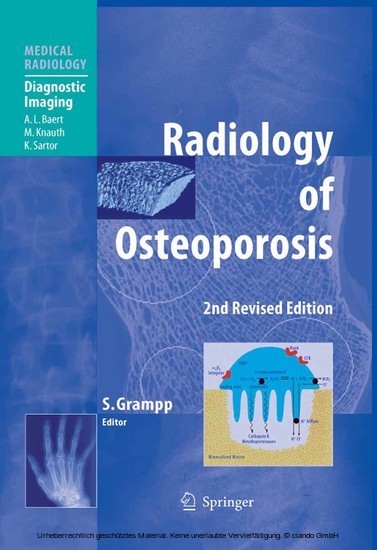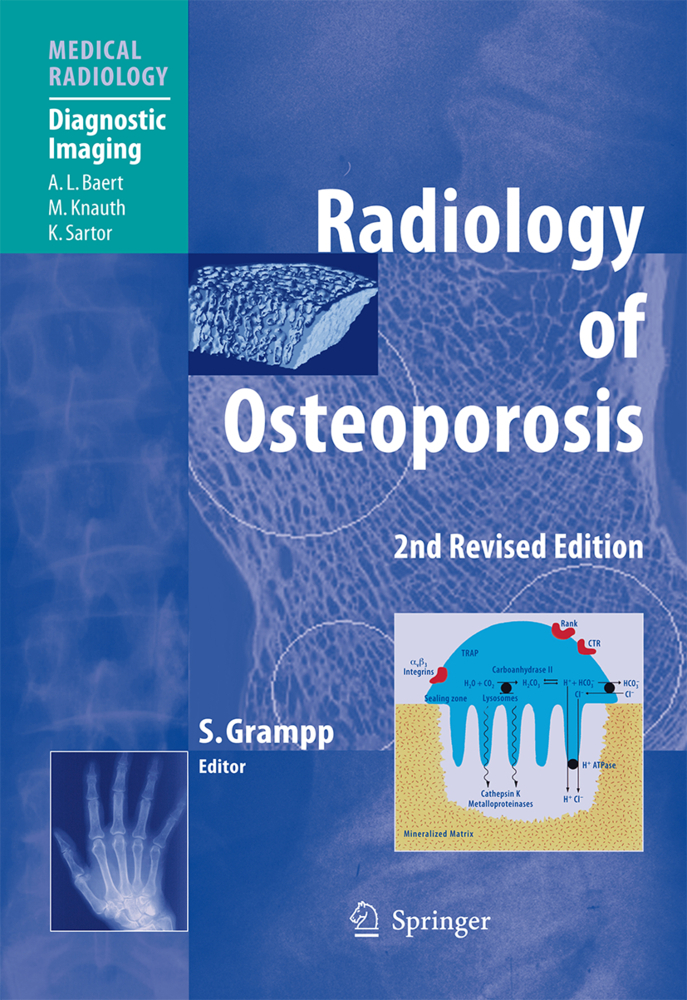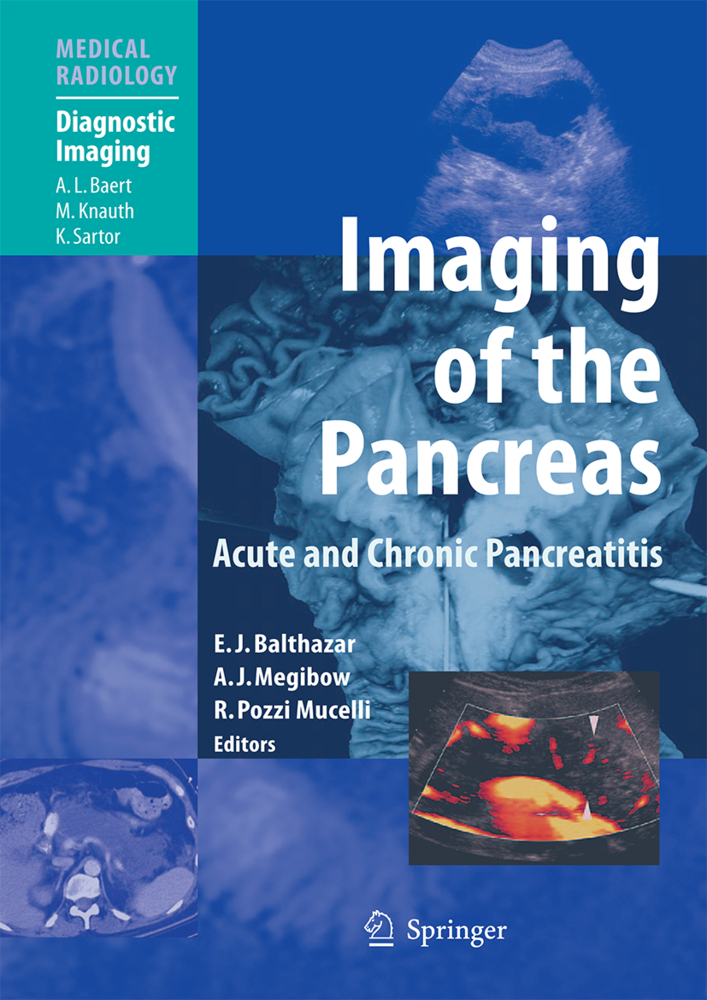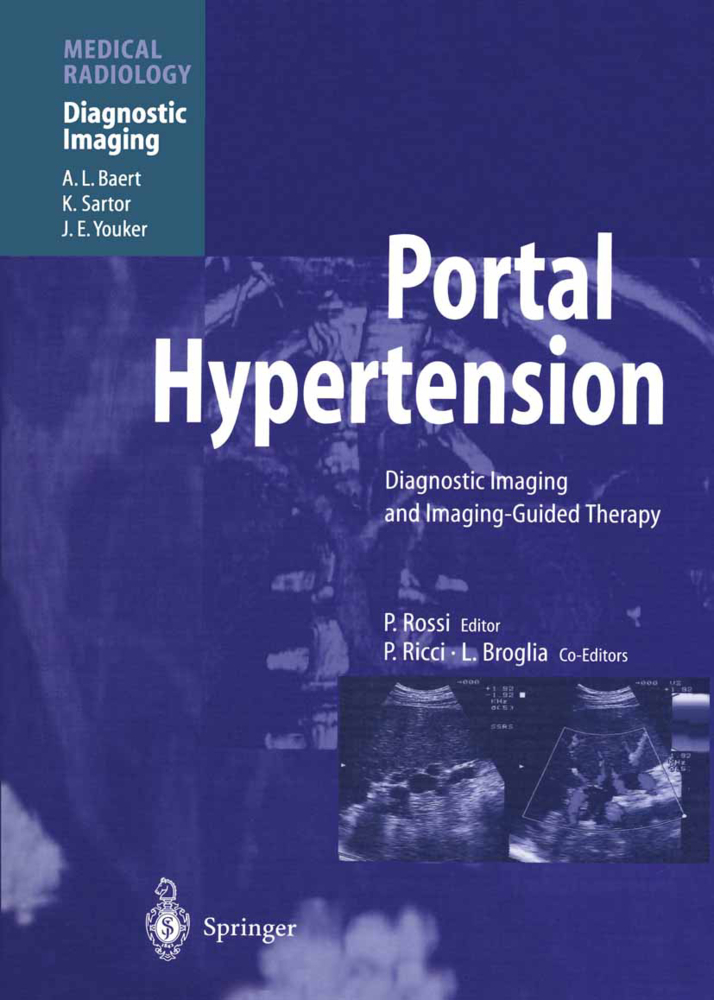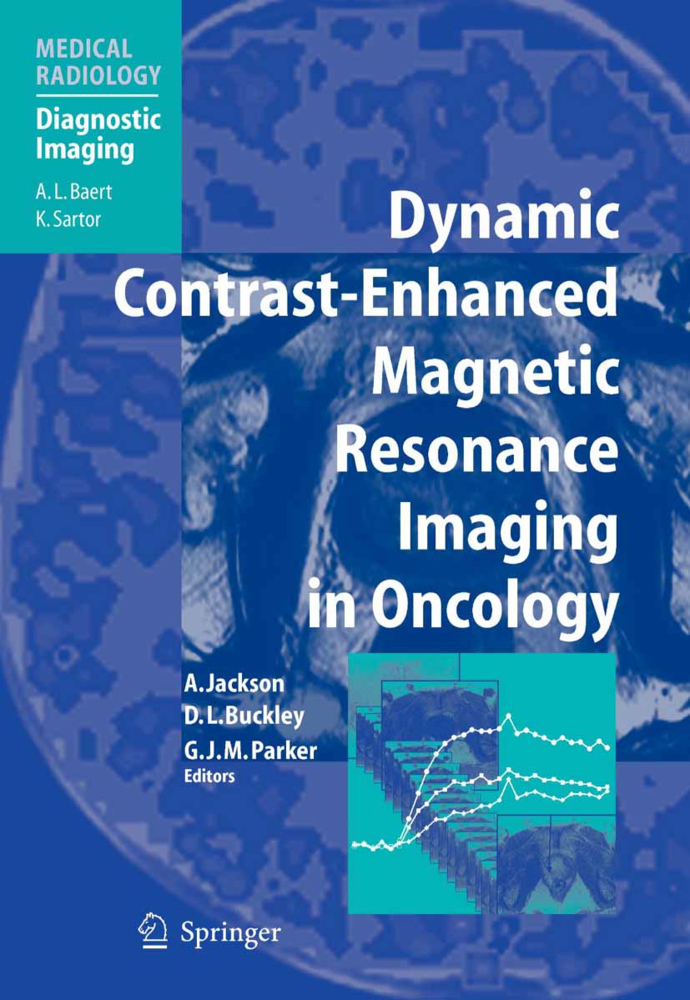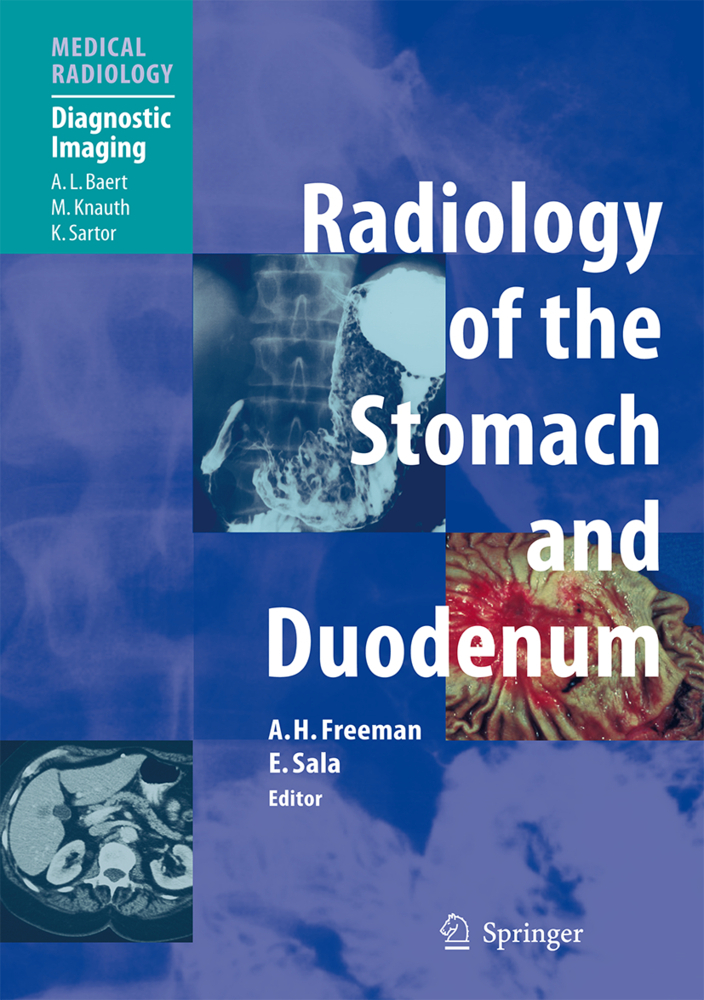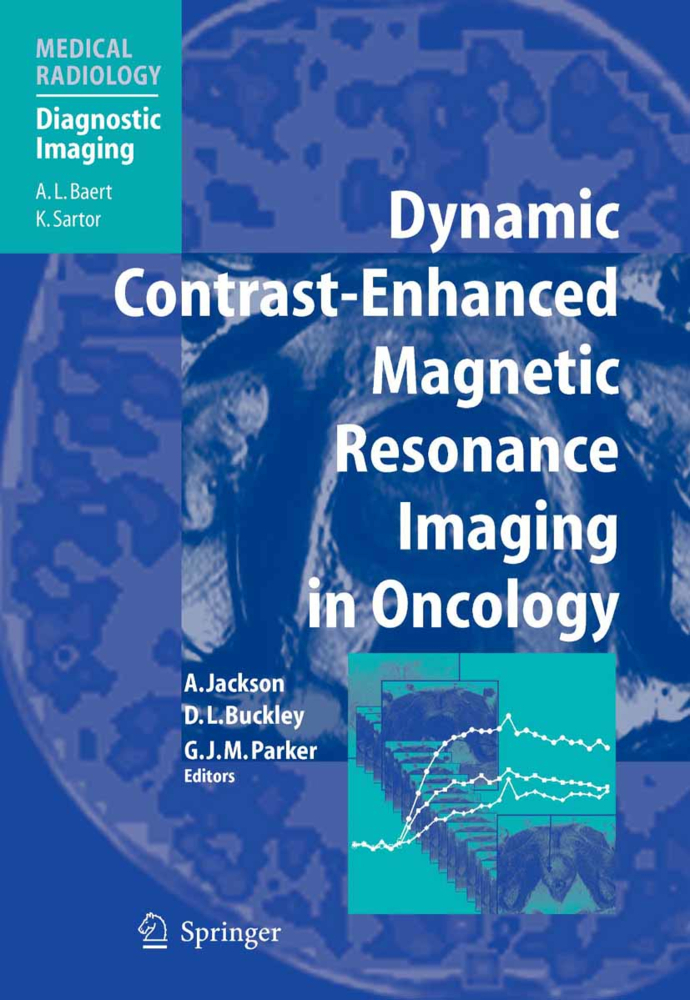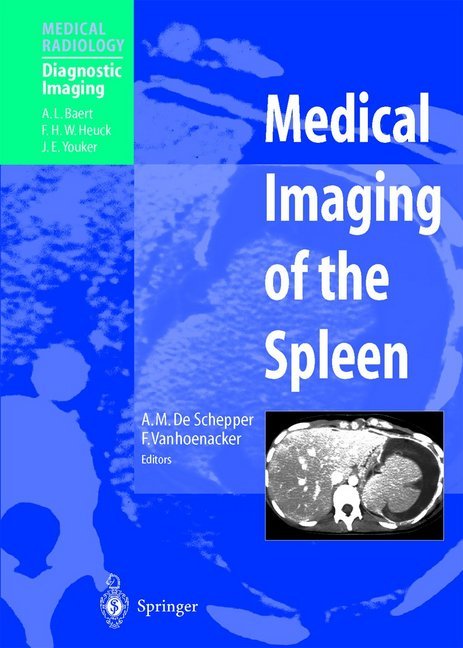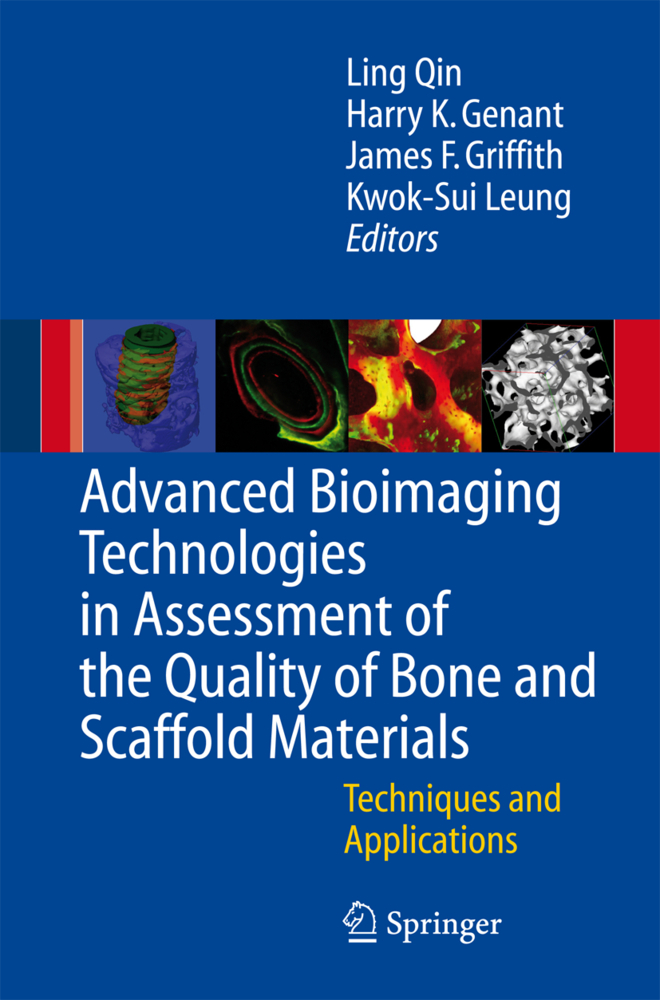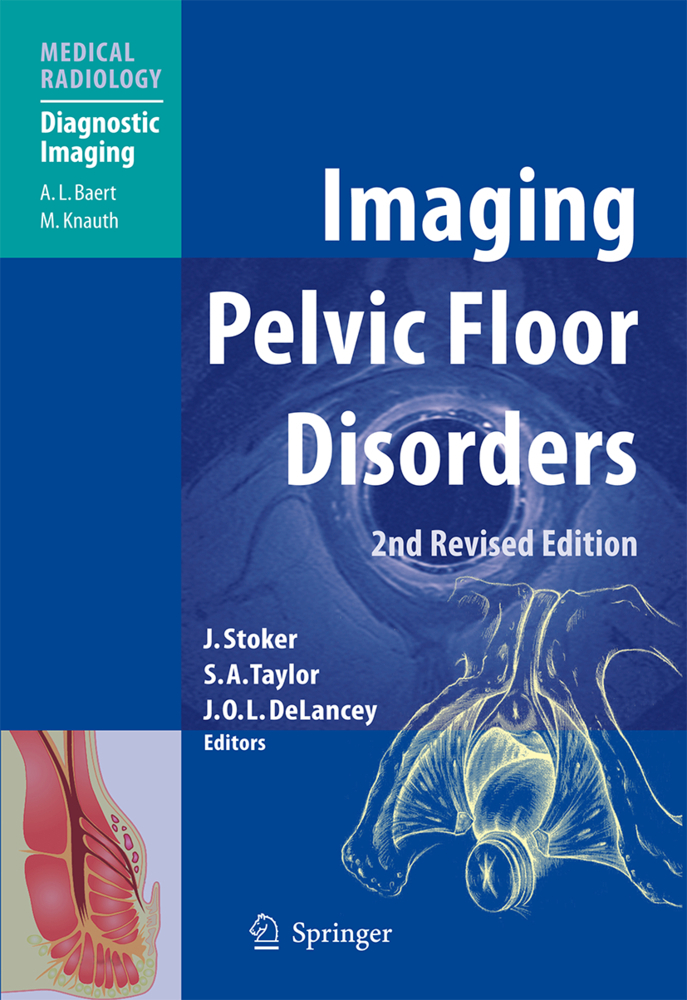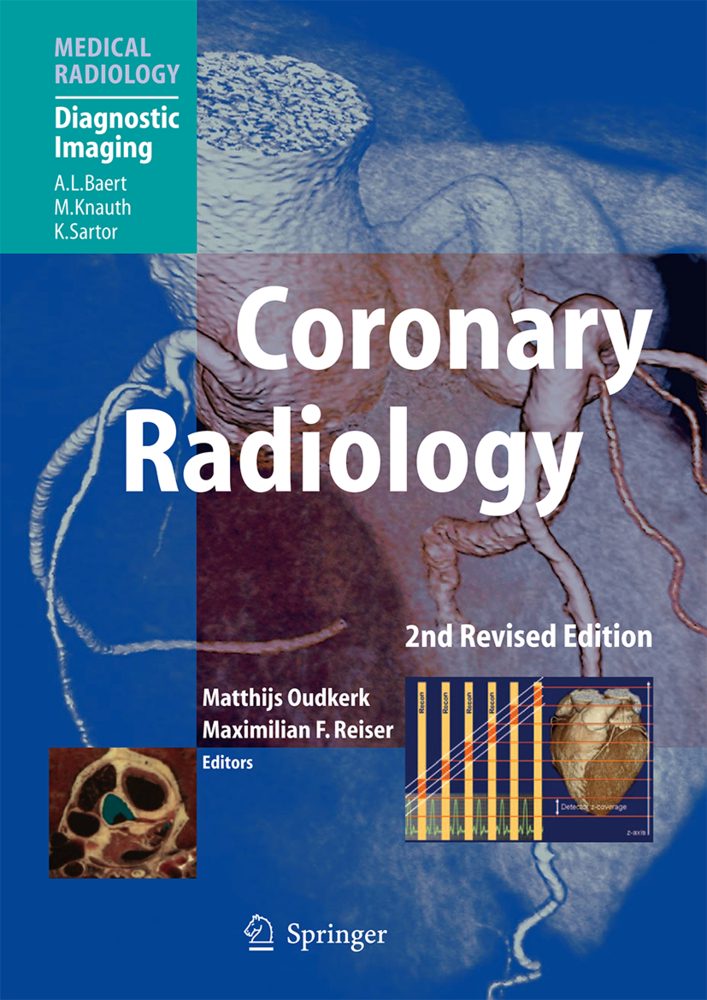This second edition of "Radiology of Osteoporosis" has been fully updated so as to represent the current state-of-the-art. It provides a comprehensive overview of osteoporosis, the pathologic conditions that give rise to osteoporosis, and the complications that are frequently encountered. A collection of difficult cases involving pitfalls is presented, with guidance to their solution. The book will be invaluable to all with an interest in osteoporosis. This second edition of Radiology of Osteoporosis has been fully updated so as to represent the current state of the art. It provides a comprehensive overview of osteoporosis, the pathologic conditions that give rise to osteoporosis, and the complications that are frequently encountered. After initial chapters devoted to pathophysiology, the presentation of osteoporosis on conventional radiographs is illustrated and discussed. Thereafter, detailed consideration is given to each of the measurement methods employed to evaluate osteoporosis, including dual x-ray absorptiometry, vertebral morphometry, spinal and peripheral quantitative computed tomography, quantitative ultrasound, and magnetic resonance imaging. The role of densitometry in daily clinical practice is appraised. Finally, a collection of difficult cases involving pitfalls is presented, with guidance to their solution. The information contained in this volume will be invaluable to all with an interest in osteoporosis.
1;Foreword;5 2;Preface;6 3;Contents;7 4;Introduction to Bone Development, Remodelling and Repair;9 4.1;1.1 Introduction;9 4.2;1.2 Structure, Cells and Matrix;10 4.3;1.3 Bone Development, Remodelling and Regeneration;13 4.4;1.4 Regulatory Mechanisms of Development and Function;16 4.5;1.5 Local and Systemic Regulation of Bone Remodelling;21 4.6;1.6 Discussion of Current Status and Perspectives;25 4.7;References;26 5;Pathophysiology and Aging of Bone;32 5.1;2.1 Aging of Bone;32 5.2;2.2 Pathophysiology of Osteoporosis;35 5.3;2.3 Pathophysiology of Metabolic Bone Diseases Other than Osteoporosis;41 5.4;2.4 Conclusion;43 5.5;References;43 6;Pathophysiology of Rheumatoid Arthritis and Other Disorders;50 6.1;3.1 Introduction;50 6.2;3.2 Epidemiology;51 6.3;3.3 Genetics;51 6.4;3.4 Etiology;52 6.5;3.5 Pathophysiology;52 6.6;3.6 Clinical Manifestations;54 6.7;3.7 Laboratory Findings ;56 6.8;3.8 Treatment;56 6.9;References;58 7;Therapeutic Approaches and Mechanisms of Drug Action;60 7.1;4.1 Principles of Therapy;60 7.2;4.2 Basic Therapeutic Measures;61 7.3;4.3 Antiresorptive Drugs;63 7.4;4.4 Drugs That Stimulate Bone Formation;67 7.5;4.4 Drugs With Dual Action on Bone Formation and Bone Resorption;71 7.6;References;71 8;Orthopedic Surgery;76 8.1;5.1 Introduction;76 8.2;5.2 Orthopedic Treatment of Osteoporosis;78 8.3;5.3 Orthopedic Surgery of Osteoporosis;80 8.4;5.4 Osteoporosis as a Complication;82 8.5;References;83 9;Radiology of Osteoporosis;84 9.1;6.1 Radiographic Findings in Osteopenia and Osteoporosis;84 9.2;6.2 Diseases Characterized by Generalized Osteopenia;88 9.3;6.3 Regional Osteoporosis;99 9.4;6.4 Quantifying Bone Mineral in Conventional Radiography;100 9.5;References;104 10;Dual- Energy X- Ray Absorptiometry;111 10.1;7.1 Introduction;111 10.2;7.2 Technical Aspects;112 10.3;7.3 Indications;118 10.4;7.4 Positioning, Artefacts, and Errors;118 10.5;7.5 Interpretation of Results;122 10.6;7.6 Applications;123 10.7;7.7 Peripheral DXA (pDXA);125 10.8;7.8 DXA in Children and Adjustments for Size Dependency;125 10.9;7.9 Conclusions;126 10.10;References;126 11;Vertebral Morphometry;131 11.1;8.1 Introduction;131 11.2;8.2 Visual Semiquantitative (SQ) Method;132 11.3;8.3 Vertebral Morphometry;133 11.4;8.4 Comparison Between MRX and MXA;135 11.5;8.5 Morphometric Vertebral Fractures;136 11.6;8.6 Comparison of Semiquantitative (SQ) Visual and Quantitative Morphometric Assessment of Vertebral Fractures;138 11.7;8.7 Instant Vertebral Assessment (IVA) by DXA;139 11.8;8.8 Conclusion;140 11.9;References;140 12;Spinal Quantitative Computed Tomography;143 12.1;9.1 Introduction;143 12.2;9.2 Technique;143 12.3;9.3 Interpretation of Data;145 12.4;9.4 Comparison with Other Techniques;147 12.5;9.5 Dual- Energy QCT;147 12.6;References;148 13;pQCT: Peripheral Quantitative Computed Tomography;149 13.1;10.1 Introduction;149 13.2;10.2 Bone Densitometry with pQCT;150 13.3;10.3 New Applications;159 13.4;10.4 Conclusions;164 13.5;References;164 14;Quantitative Ultrasound;169 14.1;11.1 Introduction;169 14.2;11.2 Basics of Ultrasound Transmission through Bone;170 14.3;11.3 Technology of QUS Approaches;170 14.4;11.4 Clinical Applications for QUS;176 14.5;11.5 Perspectives;177 14.6;References;178 15;Magnetic Resonance Imaging;180 15.1;12.2 High- Resolution MRI;180 15.2;12.1 Introduction;180 15.3;12.3 New Technical Developments;185 15.4;12.4 Structure Parameters;186 15.5;12.5 Other MR Based Techniques;187 15.6;12.6 Conclusion and Future Perspectives;188 15.7;References;189 16;Structure Analysis Using High- Resolution Imaging Techniques;191 16.1;13.2 High- Resolution Imaging Techniques;191 16.2;13.1 Introduction;191 16.3;13.3 Structure Analysis Techniques;198 16.4;13.4 Conclusion and Future Developments;198 16.5;References;198 17;Densitometry in Clinical Practice;201 17.1;14.1 Introduction;201 17.2;14.2 Diagnosis and Prediction of Treatment Outcome;202 17.3;14.3 Choice of Technique;204 17.4;14.4 Conclusion;205 17.5;References;206 18;Practical Cases;208 18.1;Case 1;208 1
Grampp, Stephan
Baert, Albert L.
| ISBN | 9783540686040 |
|---|---|
| Artikelnummer | 9783540686040 |
| Medientyp | E-Book - PDF |
| Auflage | 2. Aufl. |
| Copyrightjahr | 2008 |
| Verlag | Springer-Verlag |
| Umfang | 247 Seiten |
| Sprache | Englisch |
| Kopierschutz | Digitales Wasserzeichen |

